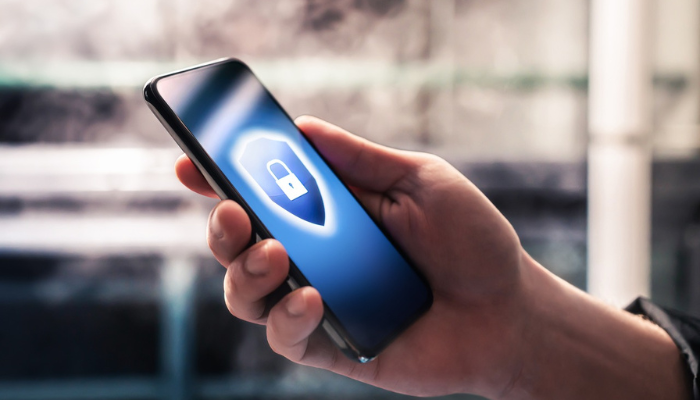
26 Oct Guarding Your Mobile Device: Recognizing, Removing, and Preventing Spyware
Eliminating spyware from your mobile device can pose a considerable challenge. In an era where Android and iPhone users face increasingly sophisticated surveillance threats, it’s crucial to understand the signs of potential spyware infections and how to remove them.
What is Spyware?
Spyware appears in diverse guises, and the initial step in tackling this problem is differentiation. Nuisanceware is frequently packaged alongside legitimate applications, causing interruptions in your online activities with intrusive pop-ups and adjustments to settings aimed at gathering browsing data for advertising reasons. It’s predominantly an inconvenience rather than a direct security hazard.
Basic spyware, on the other hand, steals valuable data like operating system information, account credentials, or clipboard content. It’s commonly distributed through phishing, malicious email attachments, or fraudulent messages.
Advanced spyware, known as stalkerware, is more sinister and can monitor emails, phone calls, SMS messages, record audio, track GPS locations, and even hijack social media apps. Stalkerware is often linked to domestic abuse cases.
Government-grade commercial spyware like Pegasus is sold to law enforcement agencies but has been found on the devices of activists, journalists, and dissidents.
Signs of Spyware Infection:
Detecting spyware can be challenging, but certain signs can alert you to potential infections. Unusual emails, odd social media messages, or suspicious SMS messages could be indicators of a spyware infection attempt. Avoid clicking on any links or downloading files from such messages.
You might also notice overheating, battery drain, changes in device behavior, unexpected activations of GPS or location functions, data consumption spikes, and difficulty turning off your device.
Removing Spyware:
Removing spyware is not straightforward, but it’s not impossible. Some steps to consider include:
- Run a malware scan: Employ mobile antivirus solutions for the purpose of scanning and eradicating spyware.
- Update your operating system: Keeping your OS up to date can help patch security vulnerabilities exploited by spyware.
- Factory reset: As a last resort, perform a factory reset on your device, but ensure you back up your critical data first.
Remember that some stalkerware may survive factory resets. In cases where personal safety is a concern, contact the authorities.
Preventing Spyware:
Prevention is key. To minimize the risk of spyware infections:
- Secure your device physically with PIN codes, patterns, or biometrics.
- Keep your operating system updated to patch security flaws.
- Use reputable mobile antivirus software and run regular scans.
- Download apps only from official sources like Google Play or the App Store.
- Beware of malicious links, especially on social media.
- Avoid jailbreaking your device.
- Enable two-factor authentication for added security.
Google and Apple’s Roles:
Google and Apple are proactive in addressing malicious apps, but some may still slip through. Google’s Threat Analysis Group continuously researches new spyware strains, while Apple has removed privacy-invading parental control apps and introduced its own Screen Time feature.
In the ongoing battle between privacy and protection, parental control apps have raised concerns due to their potential for intrusive surveillance. Both Apple and Google have implemented parental controls with a focus on balancing privacy rights and protection.
Comprehending spyware, recognizing its indicators, mastering removal techniques, and adopting preventive measures are essential for protecting your mobile device in an ever more interconnected world.


